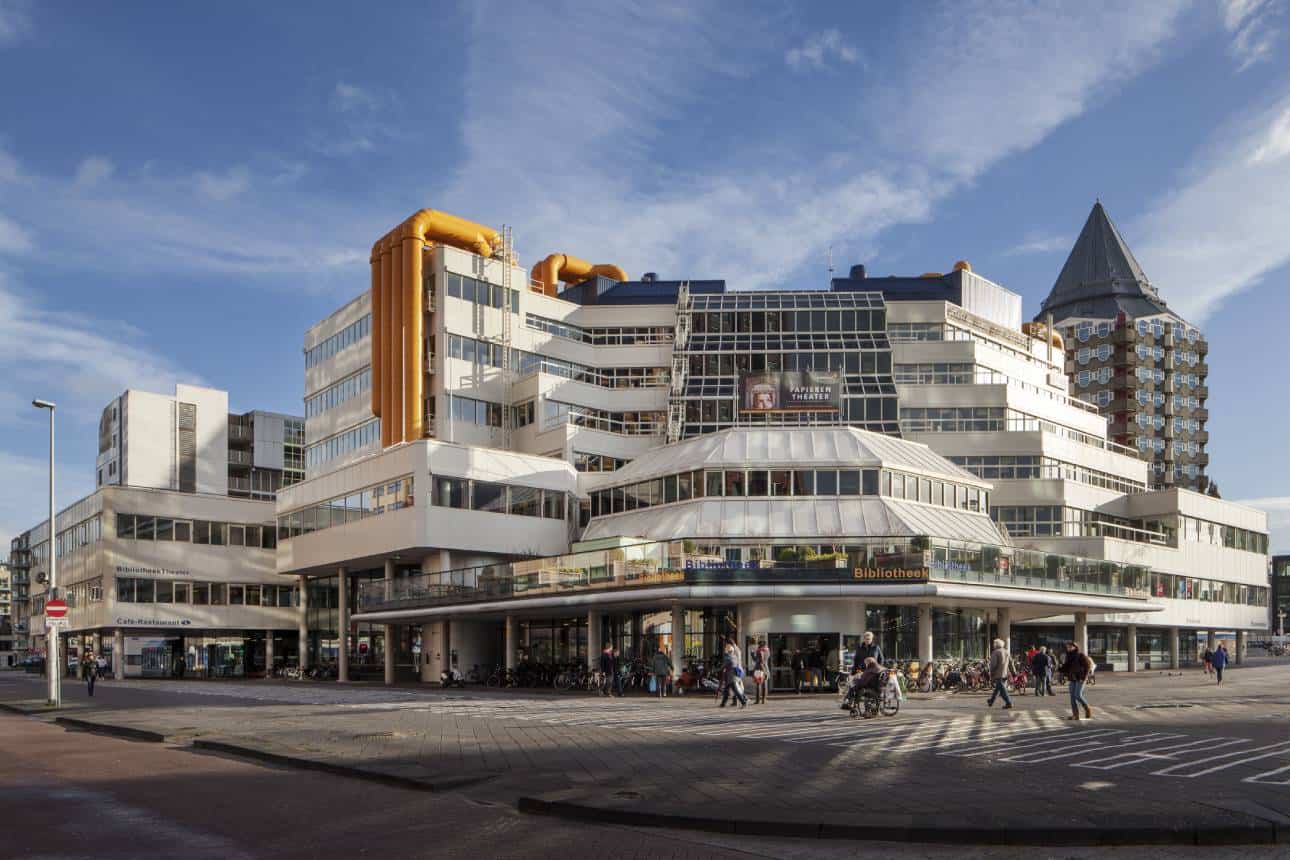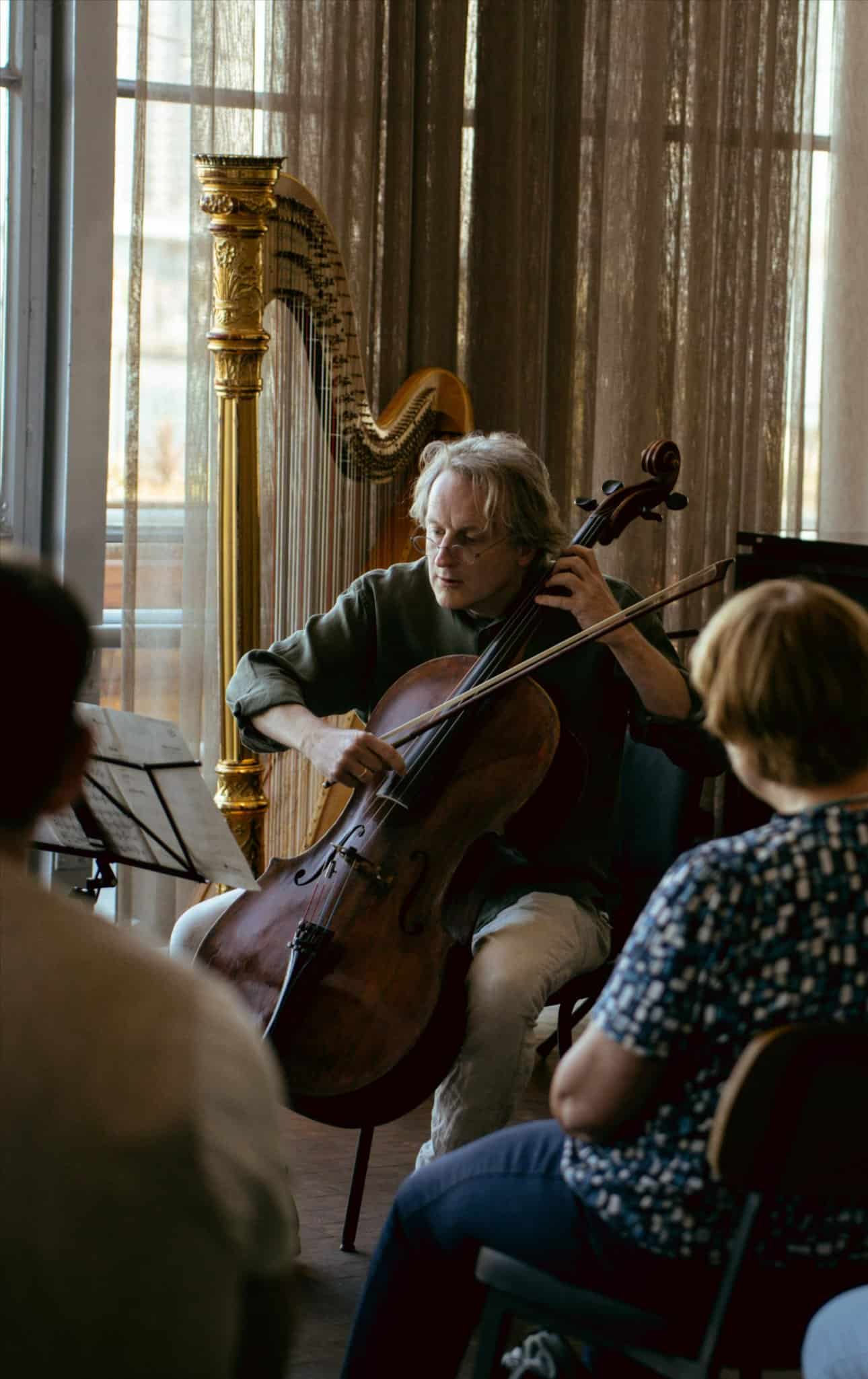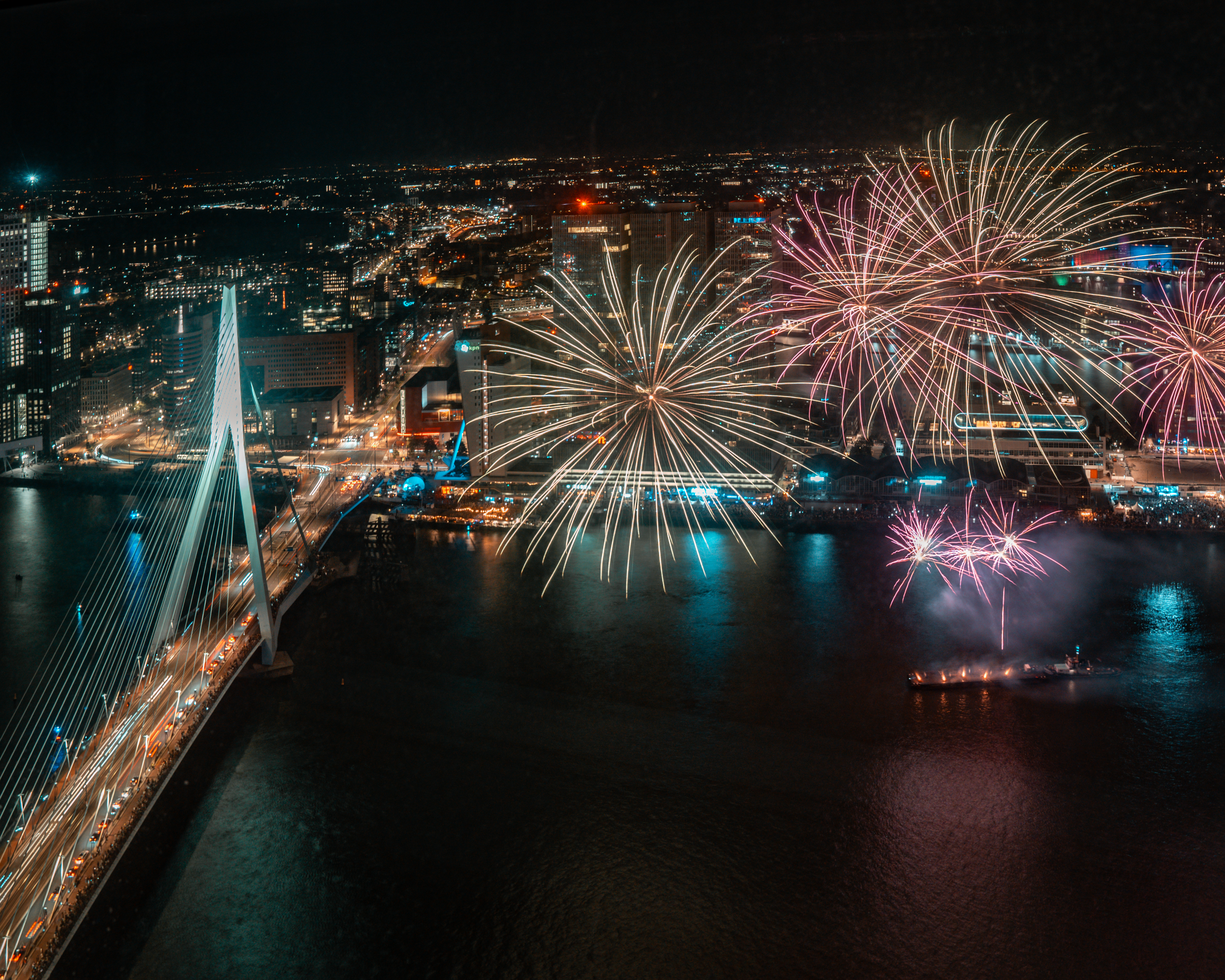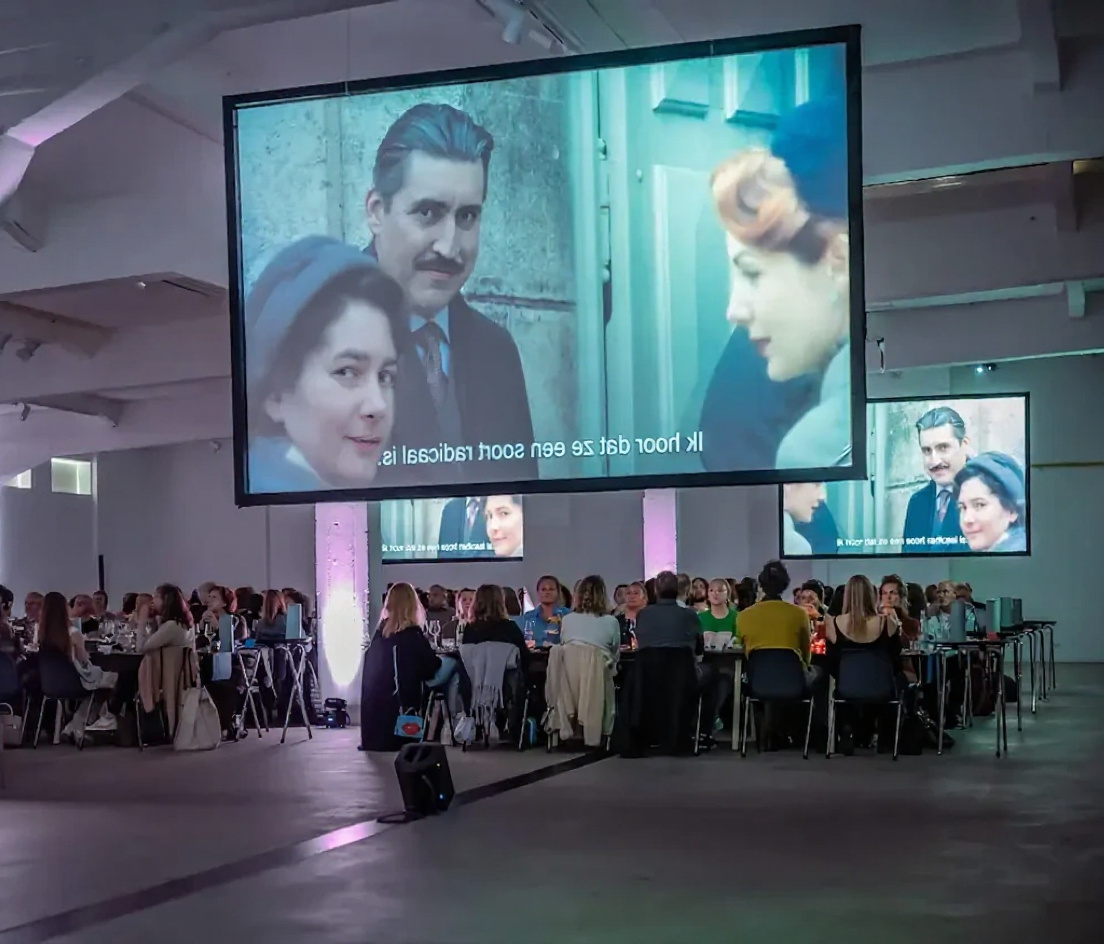HAPPENING 6–8 February 2026 | The OBJECT Rotterdam design fair returns in February, offering attendees the chance to explore fresh talent and innovative designs from around the world. The fair promises an immersive design experience in the city centre.
Design fair object moves into Rotterdam's central library
Every year, OBJECT presents recent work by a wide group of designers at an architecturally interesting location in Rotterdam. Previous editions have taken place in buildings such as Las Palmas, De Rotterdam, the Euromast, the ss Rotterdam, the HAKA-gebouw and most recently AIR, the former V&D department store.
In early February 2026, design fair OBJECT will take place in the Centrale Bibliotheek Rotterdam, right in the city centre opposite the Markthal. The library building will soon undergo a large-scale renovation, which makes this edition a final opportunity to experience the interior in its current form while it is filled with new work by designers and artists.
During the fair, the empty library floors will become an exhibition route. Visitors will be able to wander through the central levels of the building, where reading rooms and bookshelves once stood, now occupied by furniture pieces, light objects, textiles and other design work. Meanwhile, the library collection itself will be available nearby in the temporary location on the Librijesteeg.
OBJECT Rotterdam 2026: showcasing global and local design talent
For the 2026 edition in the Central Library, more than one hundred designers have already registered, ranging from emerging talents to established names, small design labels and well-known furniture brands. Together they will bring the building’s core floors back to life with interior products, textile designs, light installations and sculptural objects.
“It is very special to be able to open the fair in Rotterdam’s living room, where so many residents have felt welcome over the past decades,” says OBJECT director Anne van der Zwaag. With the fair she aims to connect visitors, designers and the city by placing contemporary work in a setting that many Rotterdammers know from daily use.
Among the participating makers are studios that focus on colourful lighting, playful furniture and experimental materials. Examples highlighted by the organisers include lighting by outil.li, objects by designer Teun Zwets, a compact cabinet by byLYN ceramics, desks by MAK studio, candleholders by Wanderlights, textile work by Studio Der Luminaire and wall objects by Eversom. The result is a cross-section of current Dutch and international design practice.
 OBJECT Rotterdam | Atelier Yvette Visser
OBJECT Rotterdam | Atelier Yvette Visser
Participants in 2026
The list of participants has not been shared yet. For the latest updates regarding the event andparticipants, you can check out OBJECT Rotterdam's official website.
Renovation of the central library
After more than forty years, the Central Library is scheduled for a thorough renovation. Rotterdam architecture office Powerhouse Company, together with Atelier Oslo, Lundhagem and DELVA landscape architects, has developed a plan for a more sustainable, future-proof building. The project is a collaboration between the Municipality of Rotterdam and Bibliotheek Rotterdam.
The renovation will start in 2026, with the renewed Central Library expected to open in 2029. During this period, the library service will continue from a temporary home around the corner in the Librijesteeg. On Hoogstraat, directly opposite the Markthal, the familiar yellow pipes and external staircases of the library will therefore be seen in a different context while work is carried out inside.
 The Central Library of Rotterdam, designed in 1983 by the architecture firm Van den Broek en Bakema. Photo: Stijn Brakkee
The Central Library of Rotterdam, designed in 1983 by the architecture firm Van den Broek en Bakema. Photo: Stijn Brakkee
The current Central Library was officially opened on 7 October 1983 by Queen Beatrix. The postmodern building, designed by architects Jaap Bakema and Hans Boot of Van den Broek en Bakema, was chosen through a design competition and is often compared to the Centre Pompidou in Paris because of its visible pipes and structural elements.
With around 2.4 million visitors per year, the Central Library is the most visited cultural institution in Rotterdam. Hosting OBJECT in this setting underlines the building’s role as a meeting place, where literature, design and architecture come together in one central location before the next phase of its history begins.
Practical information for visitors
Design fair OBJECT in 2026 will be held in the Central Library Rotterdam at Hoogstraat 110. The fair runs from Friday 6 to Sunday 8 February 2026, and is open daily from 11.00 to 18.00. Tickets cost €17,50 and are available both online and at the door; children under 16 years of age can enter free of charge.
How to get there
The Central Library Rotterdam is located at Hoogstraat 110, opposite the Markthal and close to Station Blaak, in the heart of the city centre. The area is part of the Laurenskwartier, where shops, food halls and cultural institutions are concentrated within walking distance of each other.
The venue is easily reached by train, tram, metro and bus via Station Blaak, and is also connected to the city’s cycling network. Visitors coming from other parts of Rotterdam can travel via Oostplein, Beurs or Rotterdam Centraal and continue on foot or by bike through the inner city streets.


.jpg)
-amazing-contemporary-art-001.jpg)
.jpg)






